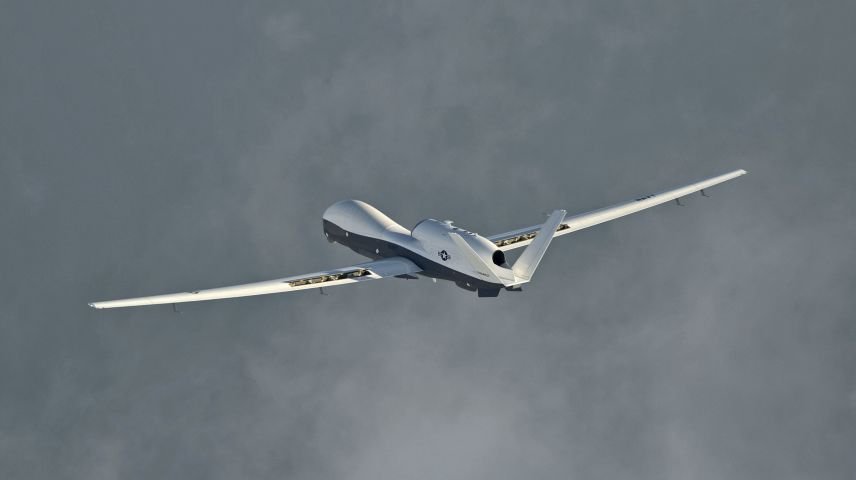The US Navy (USN) has issued Northrop Grumman with a prototype and risk reduction contract for the development of a sense-and-avoid (SAA) capability for the MQ-4C Triton high-altitude, long-endurance (HALE) unmanned aerial vehicle (UAV).
With the USN having previously sought SAA solutions that ultimately failed to meet its requirements, Northrop Grumman announced this latest contract on 10 May. No timelines or contract values were disclosed.
“Sense and avoid will help ensure our customers can safely operate Triton out of almost any airfield or airport in the world, in full compliance with current and emerging aviation regulations around the globe,” Doug Shaffer, vice-president and programme manager of Triton programmes at Northrop Grumman, said. “Incorporating SAA capability will add tremendous flexibility to the Triton system and how the US Navy, Royal Australian Air Force (RAAF), and potential future customers seamlessly integrate Triton into their concepts of operation.”
SAA is geared at enabling the Triton to operate in controlled airspace and is a focus of the next developmental increment of the co-operative development programme for the USN and RAAF.
Aviation Communications and Surveillance Systems (ACSS), a joint venture of L3Harris and Thales, will partner with Northrop Grumman on the project.
“As a leader in integrated Traffic Collision Avoidance Systems [TCAS] and Automatic Dependent Surveillance-Broadcast [ADS-B] systems, we are actively driving innovation in operational efficiency and airspace safety for the emerging unmanned aircraft platforms,” said Steve Alwin, ACSS president and vice-president of engineering. “Our sense and avoid solutions enable active collision avoidance, empowering them to operate safely in commercial airspace.”

